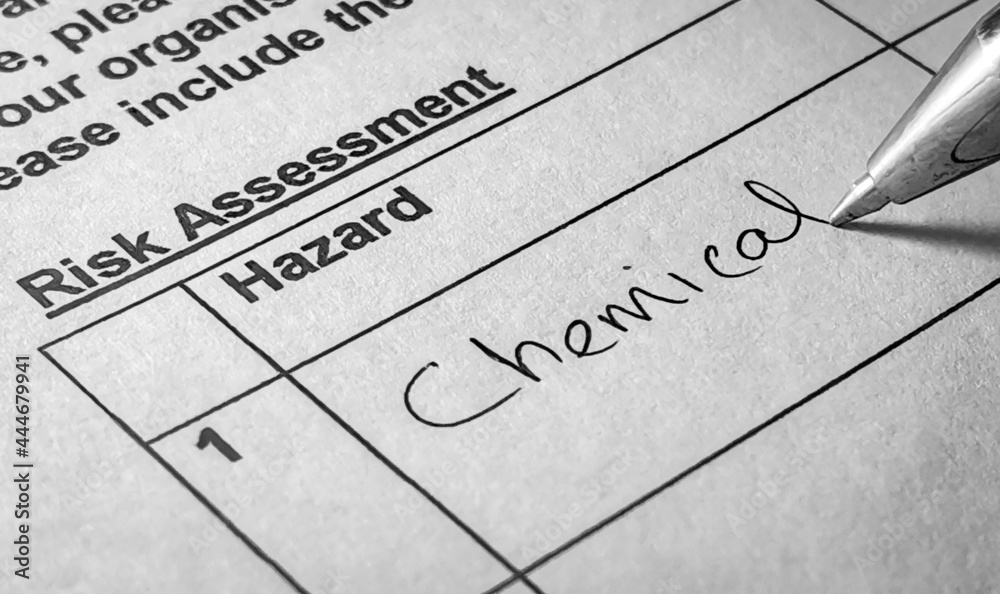5 steps to risk assessment
Risk management is not only necessary, it also has many positive benefits for organisations.
Risk assessments are the process of identifying potential risks in the workplace and putting measures in place to eliminate or mitigate them. They are a legal requirement in all businesses, and if you have more than five employees, you must document your findings.
In 2022 the HSE updated their guidance for undertaking risk assessments. So, what are the latest steps you need to follow to complete a risk assessment?
The benefits of risk assessments
Firstly, let’s explore the benefits of risk assessments.
Whilst maintaining employee safety is paramount, the benefits of risk assessments go beyond preventing accidents.
Not only do risk assessments ensure you adhere to health and safety legislation, they are also a key factor in promoting a positive safety culture in your workplace. A positive safety culture – where both employers and employees actively participate in health and safety – helps organisations to maintain safe operations.
Studies show that the companies that develop a positive safety culture can reduce costs and boost productivity. Staff are also more engaged when safeguards are in place because they can focus on completing their work, rather than on any potential hazards or dangers.
Risk assessments also enable you to identify any gaps in staff training, ensuring that all staff have undertaken health and safety training that is both appropriate and up to date.
5 step risk assessment process
Risk assessments are a systematic approach to identifying and reducing risk.
The HSE suggests that a risk assessment is not about creating reams of paperwork, but rather about identifying sensible measures to control the risks in your workplace.
Risk assessments need to be based on a realistic assessment of your organisation and the tasks that your staff perform. Every workplace is different, so every risk assessment needs to be unique to your company and operations.
Within your risk assessments you must also consider any risks to the health and safety of others that could arise from your business conduct – for example, harm to the general public.
Steps must then be taken to ensure, as far as is reasonably practicable, that risks are eliminated or reduced to an acceptable level.
Risk assessment step 1
Identify the hazards
The first step to undertake as part of your risk assessment is to identify the risks and hazards present in your organisation.
To help you identify potential hazards in your organisation you should look at:
- How people work and how plant and equipment are used
- What chemicals and substances are used
- What safe or unsafe work practices exist
- The general state of your premises
You may also want to talk to your employees and ask them for feedback on any risks they have identified and look at past incidents and near misses and identify the causes. Staff questionnaires, surveys and focus groups can also be helpful.
Types of hazards that may be identified include:
- Risk of violence or verbal abuse
- Slips trips or falls
- Dangerous animals
- Heavy machinery
- Hazardous substances
- Working at height
- Accidental injury
- Driving for work
- Working alone
The types of hazards identified can vary widely depending on the industry you work in, from a health visitor to being attacked in a client’s home to a machine operator using poorly maintained equipment. If you employ lone working employees, any risks can be magnified, as there is no one else to raise an alarm in an emergency.
Lone workers should be considered separately within your risk assessments to ensure that you have considered the specific risks that they face
Risk assessments for lone workers
For further information on the risks and hazards faced by lone working employees in specific industries, we have created the following sector specific guides:
Lone Working in the Health Sector
Risk assessment step 2
Assess the risks
Next you must consider how likely it is that someone could be harmed and how serious it could be. This is assessing the level of risk.
This process will help you to identify the best controls to put in place to minimise risk. You do not need to list everyone individually, but rather identify people collectively by job role or site.
To assess the level of risk, you need to decide:
- Who might be harmed and how
- What measures you already have to control the risks
- What further action you need to take
- Who needs to carry out the agreed action
- When the action should be completed
It is important to be aware that some employees may have special requirements, for example younger workers, expectant mothers, those with disabilities, home workers or lone workers.
You should also take into consideration the experience and training levels of your staff.
As well as your employees, your business holds a legal responsibility to protect the wellbeing of anyone who may be affected by your work activities. This includes contractors and members of the public.
Risk assessment step 3
Control the risks
Once the hazards and those at risk have been identified, you then need to decide how you will control the risks. Remember, the greater the risk, the more robust the control measures will need to be.
Look at what you’re already doing, and the controls you already have in place. Ask yourself:
- Can I get rid of the hazard altogether?
- If not, how can I control the risks so that harm is unlikely?
Next you will need to put the controls you have identified in place. Businesses are not expected to eliminate all risks but must do everything ‘reasonably practicable’ to protect people from harm.
When deciding on mitigations, you should consider;
- The likelihood of the risk occurring
- The degree of harm that may be caused
- The availability of measures to eliminate or minimise the risk
- Whether the mitigation is ‘reasonably practicable’ – this means balancing the level of risk against the measures needed to control the risk in terms of money, time or effort.
Some practical steps you could take include:
- Trying a less risky way of working e.g., using scaffolding instead of ladders for long periods of working at height
- Preventing access to the hazards or ceasing work on a hazardous site
- Issuing protective equipment
- Providing safety apps or devices
- Providing additional training
If your risk assessment has identified a number of hazards, place them in order of importance and address the most serious risks first.
For risks likely to cause accidents or ill-health, you should establish whether short-term controls need to be put in place immediately while you take steps to control the risk long term.
Risk assessment step 4
Record your finding
If you have more than five employees, you are required by law to record your significant findings. These records should be kept simple and easy to understand. Keeping a record will allow you to review past risk assessments and will provide you with evidence should an accident or incident occur.
Within your risk assessment document, you should list the hazards identified, how employees might be harmed, and what you have put in place to control the risk.
You will also need to include evidence of the following;
- That a thorough check was carried out
- You considered who might be affected by the hazards
- You took all reasonable steps to control the hazards
- The remaining risk is low
- You involved your employees or health and safety representatives in the process
It is also important to assign accountability for any tasks to specified individuals or teams to ensure that all actions are completed.
Risk assessment step 5
Review your controls
Workplaces are constantly changing, and new hazards are likely to arise. Over time, you may find that the procedures you have put in place haven’t been effective, and that more still needs to be done to control risk.
Therefore, it is important to regularly review your risk assessments and controls.
A review should also be conducted in the event of an incident to understand how it occurred and if there is anything you can do to prevent it happening again.
What happens after a risk assessment is completed?
A risk assessment is more than a tick-box exercise. It is a living document that should be referred to and reviewed on a regular basis. Risk assessments need to be managed by a Health & Safety Director in large organisations, or a responsible member of a small business.
It is also important to regularly review your risk assessments in board, senior management or team meetings and to record the dates when actions were taken. Full records need to be kept as evidence for any claims that may be made against your organisation, and to ensure proper management of health and safety issues.
Free Lone working risk assessment template and guide
At StaySafe we specialise in lone worker safety. If you employ lone workers, they can be at an increased risk of harm, as any emergency situation is faced alone. Lone workers need to be considered separately in your risk assessments to ensure that the specific risks faced by lone working staff are addressed.
To help you get started with writing your lone working risk assessment, we have created a comprehensive step by step guide, including a template document for you to use.
Are you protecting your lone workers?
Our comprehensive guide covers everything you need to know about lone working.
From identifying the lone workers in your organisation, to the risks they face in different environments, our lone worker guide will ensure you know how to keep your staff protected and meet your legal duty of care.
Yes, review policy
Explore our range of lone worker solutions
See StaySafe in action
- 2 week free trial
- See how employees can use the app to check-in & send alerts
- See realtime updates in the monitoring hub

Helen Down
“Helen has worked within the lone worker industry for nearly a decade. During that time she has written extensively about health and safety, risk, legislation, and lone working – including the Lone Worker Landscape Report.
Helen’s background is in marketing for start-ups and SMEs, where she has enjoyed working as part of the leadership team to grow the business. Outside of work, Helen is a mum of two and loves to drink wine in peace.”
Guide to Lone Working
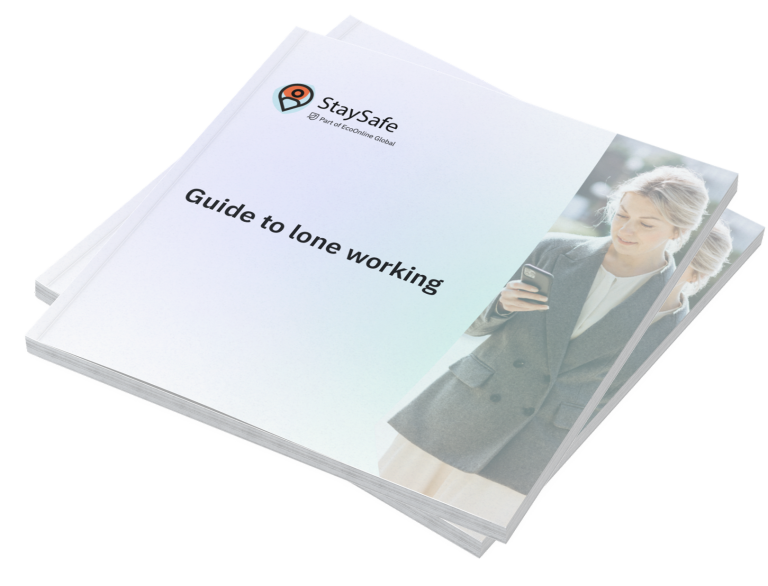
A comprehensive lone worker guide for employers, managers and the self employed.
Lone Worker Risk Assessment
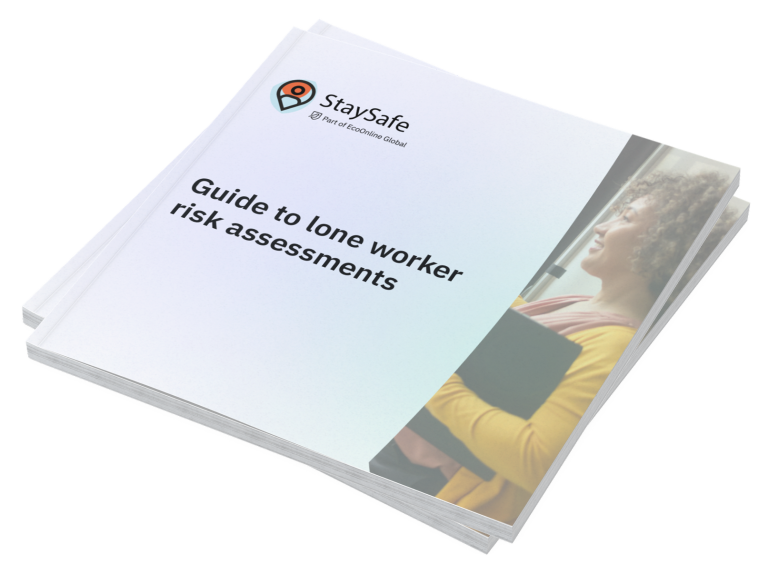
Three Questions to Ask When Purchasing a Lone Working Solution
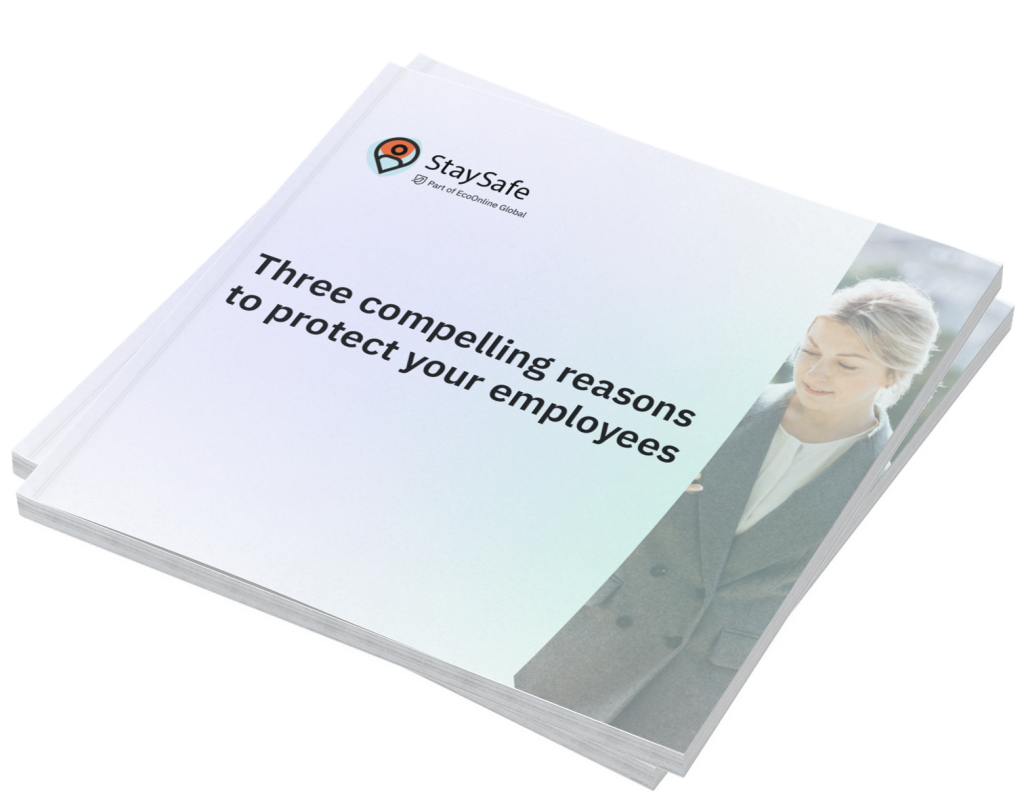
Find out more about StaySafe solutions
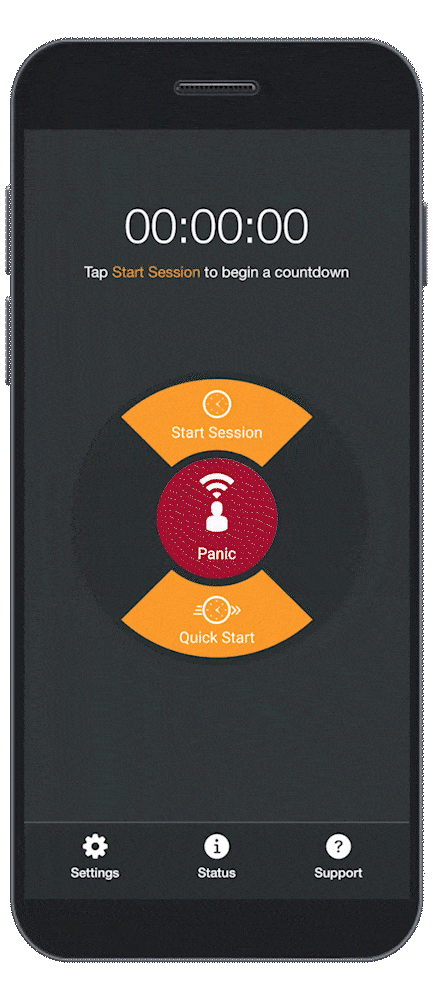
Lone Worker App
Our intuitive app allows employees to check in safely following a lone working session and raise an alert in an emergency.

Cloud Based Monitoring Hub

Wearable Technology


